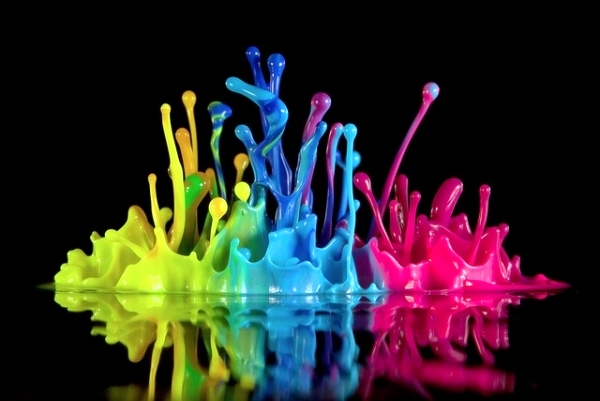The purpose of this blog is to turn the Shabbat table into a renewal... Please print and share.
In memory of Jeremy Dossetter - Yermiahu Matan - whose second yahrzeit is observed tomorrow night and Sunday.
Happy Birthday shout-outs to Jeff and Steve in NY, Susan and Tricia in San Fran - wishing you health and wisdom til 120.
 We're now out of the annual man-cave and ready for something new.
We're now out of the annual man-cave and ready for something new.
But there's still a big gap until the Festival of Eights (quick: guess how many days?)
Speaking of eights, when I was about eight years old an adult in my life told me that she wasn't as friendly with a certain friend because the friend had become "born again".
At that moment, the phrase "born again" became embedded in my subconscious as meaning "unfriendly".
Ironically, we have a "born again" idea in Jewish tradition. In a nutshell, the Talmud says that sleep gives us the taste of death, and waking in the morning is a quasi-rebirth.
This is the concept behind that wonderful prayer for that waking moment, called "Modeh Ani".
Click it for the full text. In a nutshell: "Thank you for giving me my soul back!"
Here's a musical version.
Here's another.
Question for your table: Can a person ever really begin again, or are you always saddled by the past?
Shabbat Shalom
PS - Yes, that image is clickable.
In memory of Jeremy Dossetter - Yermiahu Matan - whose second yahrzeit is observed tomorrow night and Sunday.
Happy Birthday shout-outs to Jeff and Steve in NY, Susan and Tricia in San Fran - wishing you health and wisdom til 120.
 We're now out of the annual man-cave and ready for something new.
We're now out of the annual man-cave and ready for something new.But there's still a big gap until the Festival of Eights (quick: guess how many days?)
Speaking of eights, when I was about eight years old an adult in my life told me that she wasn't as friendly with a certain friend because the friend had become "born again".
At that moment, the phrase "born again" became embedded in my subconscious as meaning "unfriendly".
Ironically, we have a "born again" idea in Jewish tradition. In a nutshell, the Talmud says that sleep gives us the taste of death, and waking in the morning is a quasi-rebirth.
This is the concept behind that wonderful prayer for that waking moment, called "Modeh Ani".
Click it for the full text. In a nutshell: "Thank you for giving me my soul back!"
Here's a musical version.
Here's another.
Question for your table: Can a person ever really begin again, or are you always saddled by the past?
Shabbat Shalom
PS - Yes, that image is clickable.
To learn about other JSL projects, click here.
Enjoyed this Table Talk? Vote with your fingers! Like it, tweet it, forward it....





